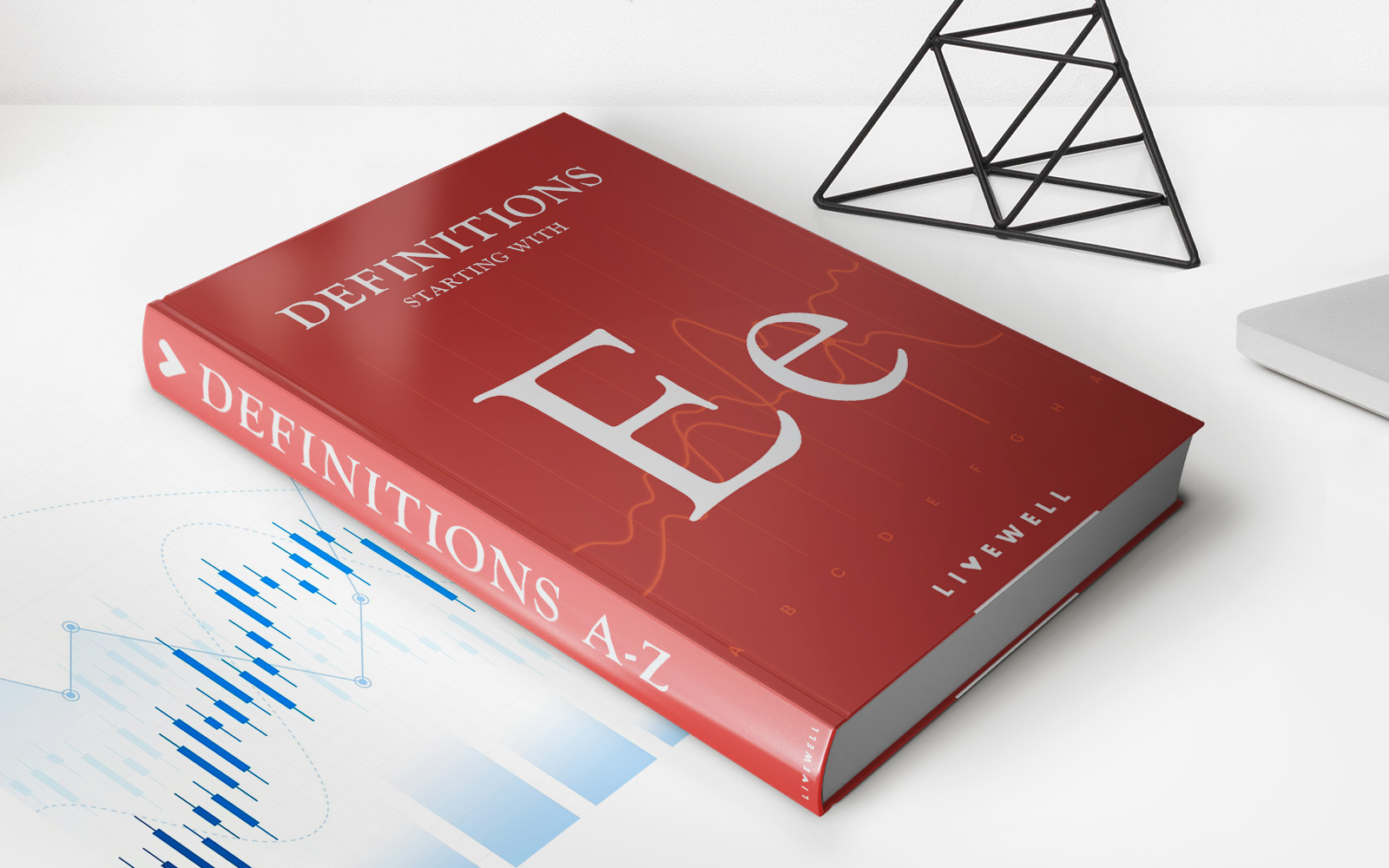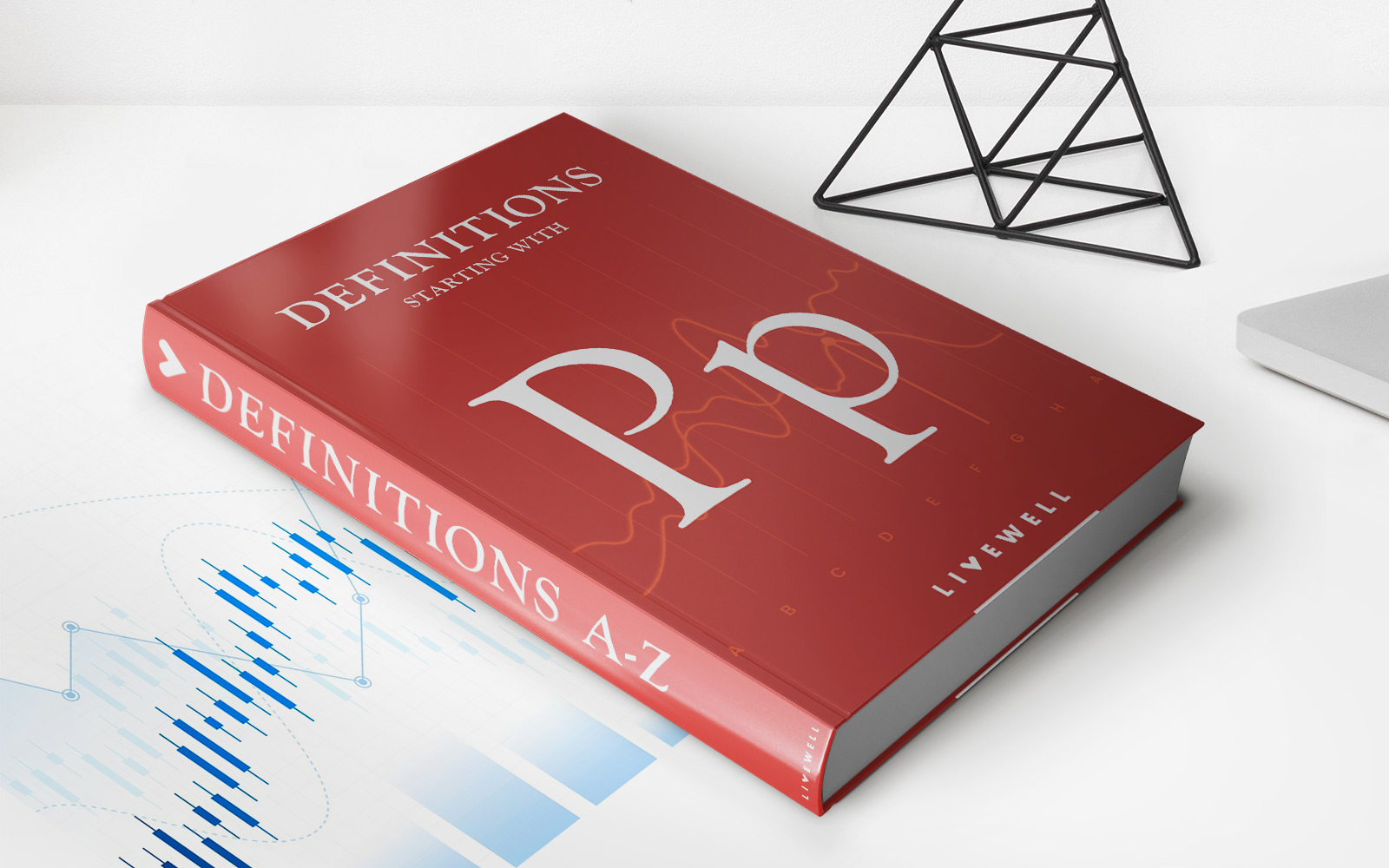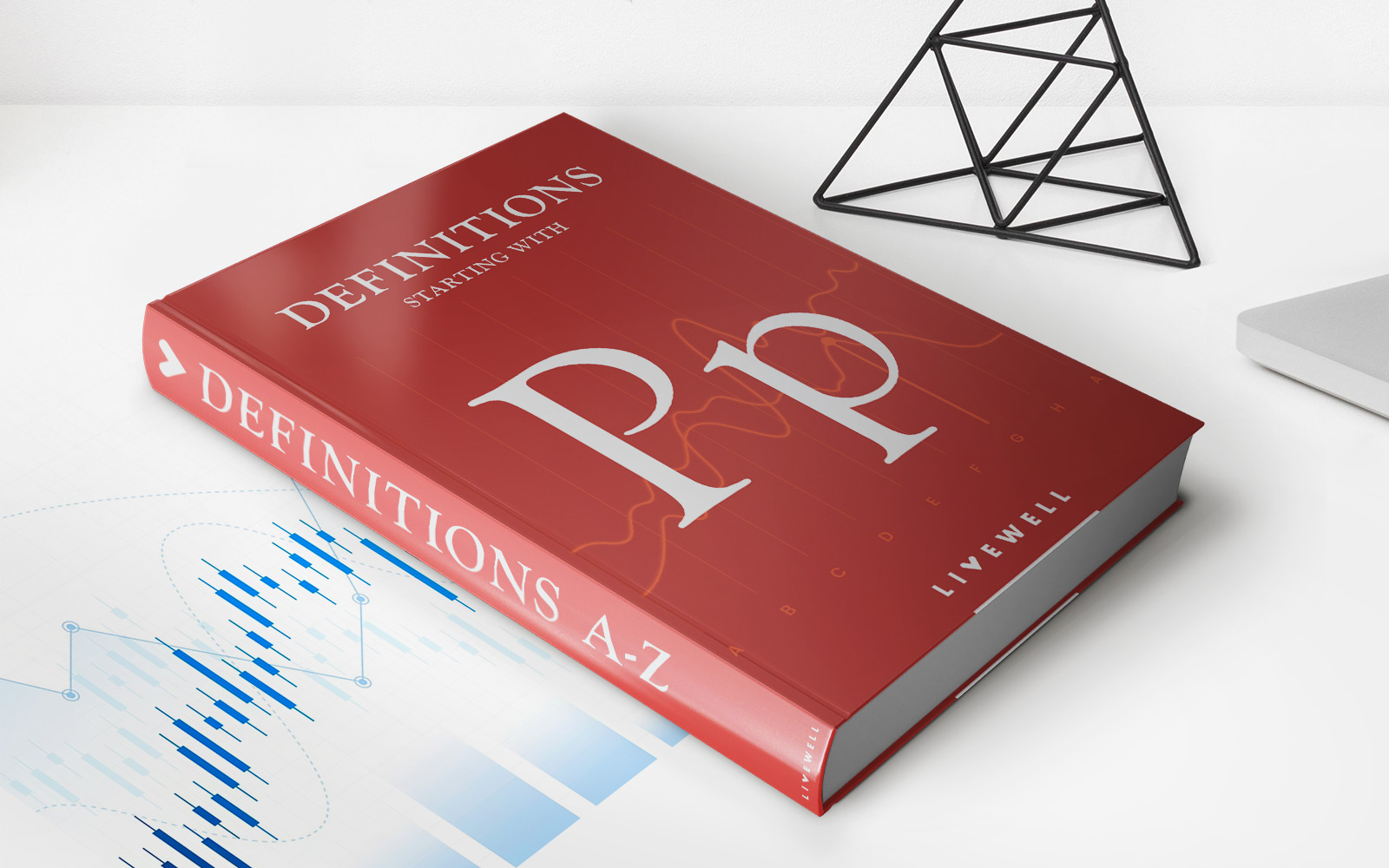Home>Finance>Interest Rate Options: Definition, How They Work, And Example


Finance
Interest Rate Options: Definition, How They Work, And Example
Published: December 11, 2023
Learn the definition of interest rate options, how they work, and explore a practical example in finance. Uncover the intricacies of this powerful tool for managing interest rate fluctuations.
(Many of the links in this article redirect to a specific reviewed product. Your purchase of these products through affiliate links helps to generate commission for LiveWell, at no extra cost. Learn more)
Unlocking the Potential of Interest Rate Options: A Comprehensive Guide
Are you curious about interest rate options and how they can impact your financial portfolio? Look no further! In this article, we will dive into the world of interest rate options, providing you with an in-depth understanding of their definition, how they work, and even an example to help solidify your knowledge. So, let’s get started!
Key Takeaways:
- Interest rate options provide investors with the opportunity to hedge against interest rate fluctuations.
- They allow investors to lock in a specific interest rate for future financial transactions.
What are Interest Rate Options?
Interest rate options are financial instruments that give investors the right, but not the obligation, to buy or sell an underlying asset at a predetermined interest rate. These options provide a way for investors to protect themselves from potential losses due to interest rate fluctuations.
Interest rate options are commonly used in the world of finance, especially in situations where future borrowing or lending transactions are anticipated. By utilizing these options, investors can mitigate the risks associated with interest rate changes and ensure stability in their financial plans.
How do Interest Rate Options Work?
Interest rate options work by granting investors the ability to lock in a specific interest rate for a future transaction. The two primary types of interest rate options are call options and put options.
A call option gives the buyer the right, but not the obligation, to buy an underlying asset at a specified interest rate (known as the strike price) on or before a certain date. On the other hand, a put option grants the buyer the right, but not the obligation, to sell an underlying asset at the strike price on or before a specific date.
Investors can purchase or sell these options in the financial markets, allowing them to take advantage of potential interest rate movements. By utilizing interest rate options, investors can protect themselves against adverse market conditions or seize opportunities presented by favorable interest rate changes.
An Example of Interest Rate Options
To better understand how interest rate options work, let’s consider a hypothetical situation:
John, an investor, expects interest rates to rise in the near future. He wants to protect himself from potential losses on his bond investments if the rates do increase. To do this, John purchases put options on future bond transactions at a strike price of 3%. If interest rates do rise above 3%, John can exercise his put options, selling his bonds at the strike price and avoiding any potential losses.
Alternatively, let’s say John anticipates interest rates to decrease. In this scenario, he could purchase call options at a strike price of 2.5%. If the interest rates do drop below 2.5%, John can exercise his call options, purchasing more bonds at the strike price and benefitting from the lower rates.
This example illustrates how interest rate options can help investors manage their financial positions, allowing them to adapt to changing market conditions and potentially avoid losses.
The Bottom Line
Interest rate options offer investors the flexibility and security they need to navigate the intricate world of finance. By understanding the definition, how they work, and seeing an example in action, investors can harness the power of interest rate options to protect their financial interests and seize opportunities.
So, whether you’re an experienced financial expert or just starting your journey into the world of investment, incorporating interest rate options into your financial arsenal can provide you with a valuable tool to navigate the ever-changing tides of the market.














